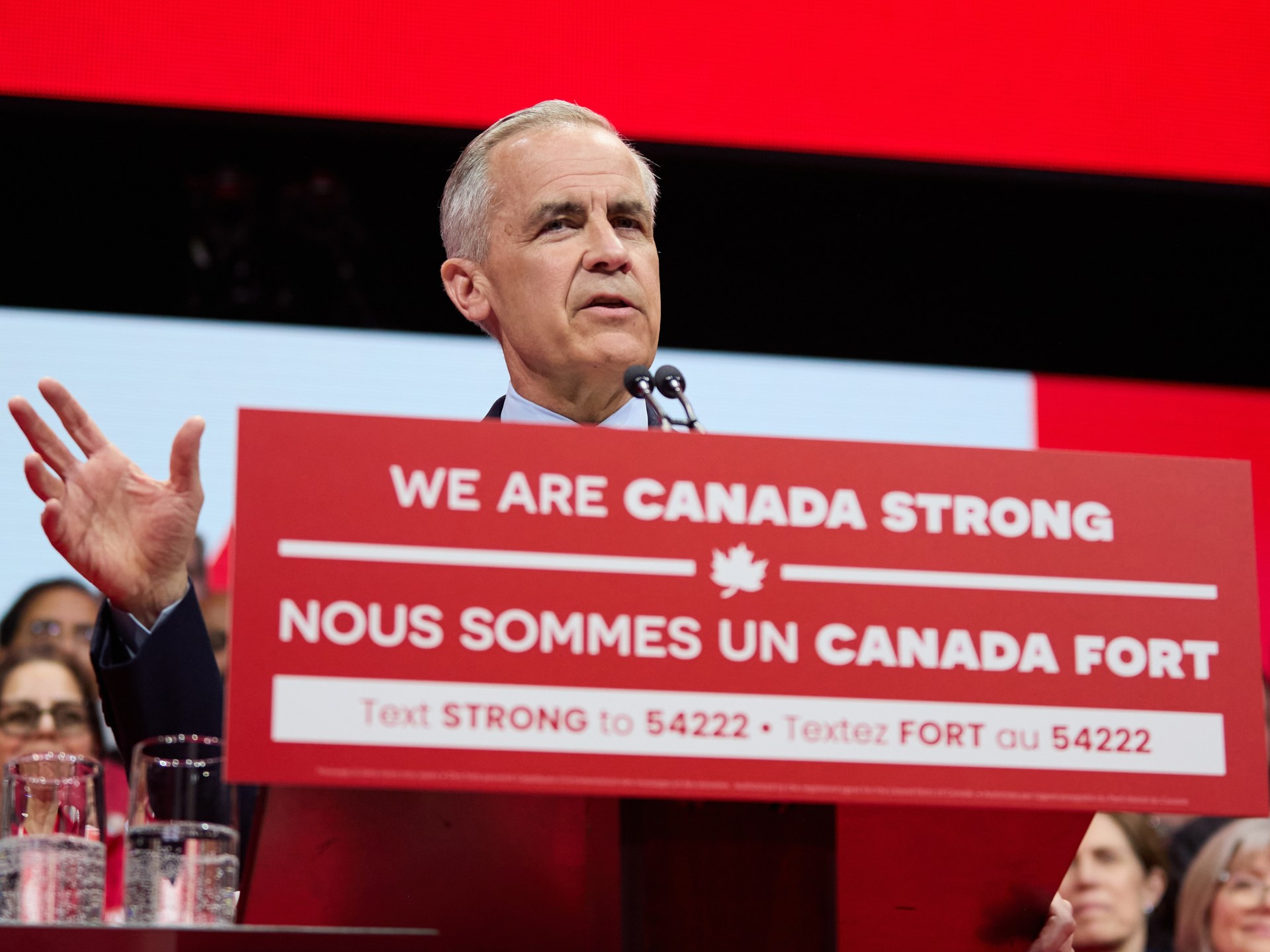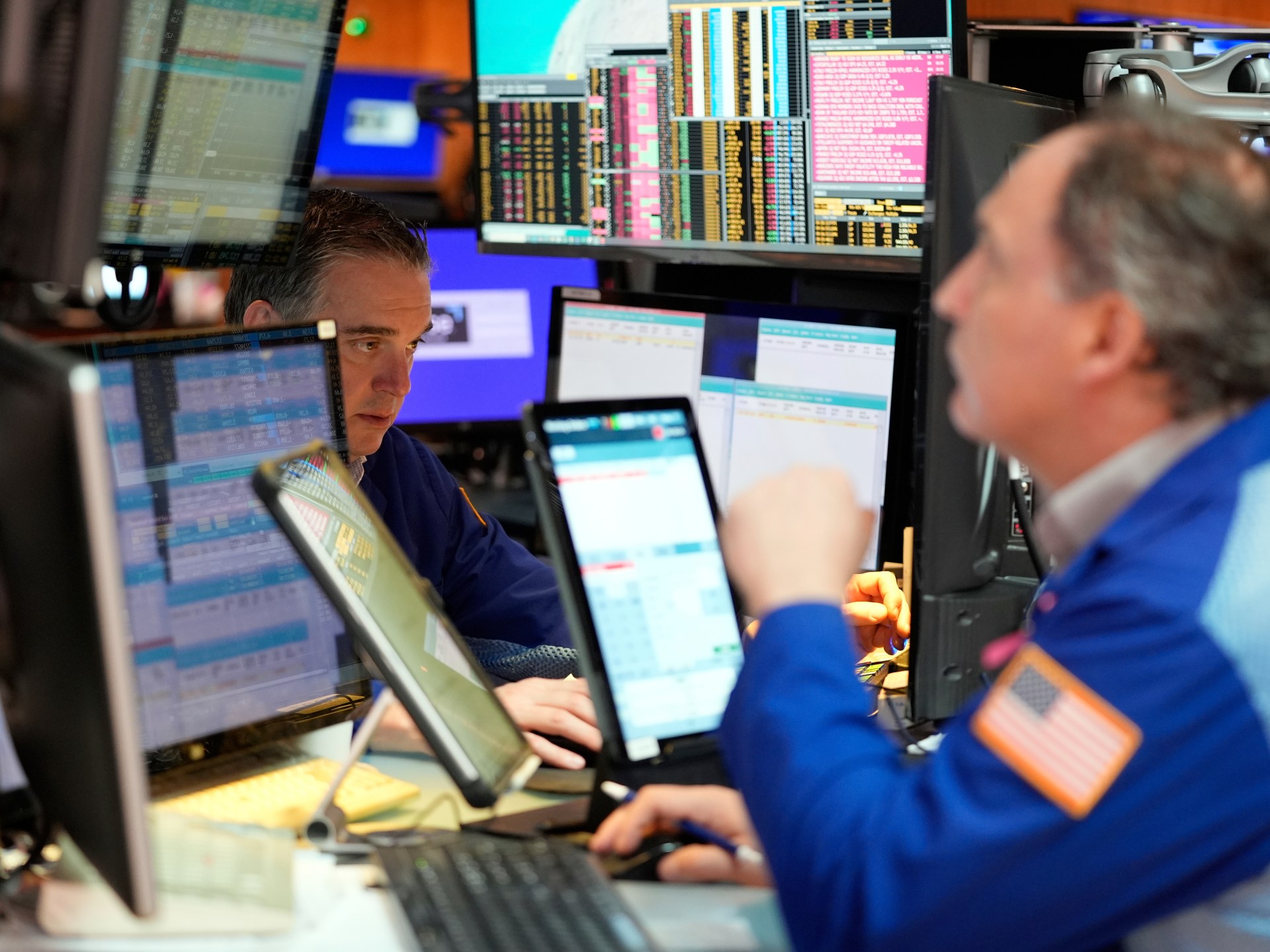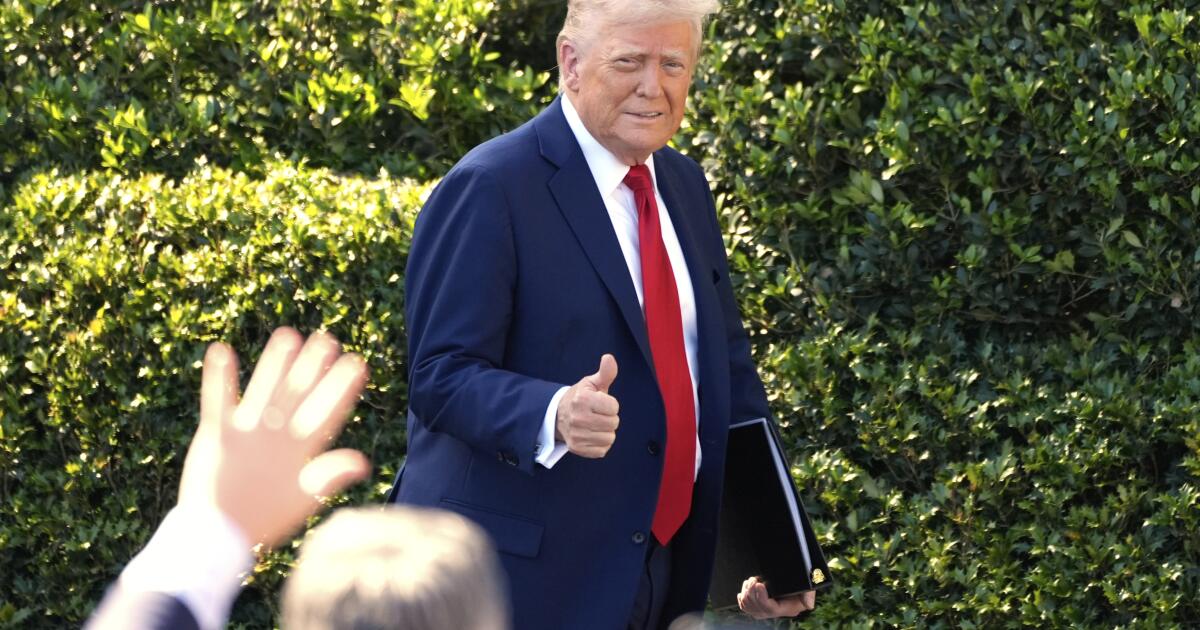Several global automakers, including Mercedes-Benz and Stellantis, have joined Michigan-based General Motors and Volvo in suspending their respective annual financial guidance reports for investors amid growing tariff uncertainty.
The announcements on Wednesday came even as US President Donald Trump signed an executive order on Tuesday to soften the blow of the auto tariffs that he had imposed earlier this month.
“While we further assess the impact of the tariff policies on our North American operations, we look forward to our continued collaboration with the US administration to strengthen a competitive American auto industry and stimulate exports,” Stellantis board chairman John Elkann said in a statement.
Stellantis said it was “suspending its 2025 financial guidance … due to evolving tariff policies, as well as the difficulty predicting possible impacts on market volumes and the competitive landscape.”
This comes amid layoffs at Stellantis, a carmaker that houses 14 brands including Jeep, RAM Trucks, Dodge, Fiat, and Maserati. In April, it temporarily laid off 900 workers for two weeks and said at the time it was because of uncertainty about how Trump-imposed tariffs would affect its business.
Antonio Filosa, Stellantis’s chief operating officer for the Americas, said in a company-wide email that it would assess the medium- and long-term effects of these tariffs on its operations, but also have “decided to take some immediate actions”.
The company reported a 14-percent drop in its first-quarter sales to $40.7bn (35.8bn euros) in its first-quarter earnings report released on Wednesday.
Mercedes-Benz and Volkswagen, Europe’s biggest carmakers, reported big drops in their net profits over the same January-March period, before the US tariffs kicked in.
Mercedes cited “volatility with regard to tariff policies” that meant business development could not be reliably forecast. Mercedes’s net profit plunged almost 43 percent in the first three months of the year to $1.9 bn (1.73 billion euros)
Finance chief Harald Wilhelm said Mercedes still remains in a strong position, thanks to what he said was a strong position in profitable, top-end vehicles.
“This, combined with a healthy balance sheet, provides a solid foundation to navigate our company through a period of geopolitical uncertainties,” he said.
‘Towards the lower end’
About 40 companies worldwide, across industries, have pulled or lowered their forward guidance in the first two weeks of the first-quarter earnings season, an analysis by the news agency Reuters showed. On Tuesday, social media giant Snap declined to offer future guidance, saying it was seeing a slowdown in ad spending and raised doubts about advertising budgets due to tariff impact, sending its stock down 15 percent on Wednesday.
Before the tariffs, European automakers were already facing slowing sales of electric cars and stiff competition from local rivals, as well as from Chinese EVs, for which it is a key market. Volkswagen, a 10-brand group that includes Audi, Skoda and Porsche, said its net profit fell 40.6 percent to $2.49bn (2.19 bn euros).
For the rest of the year, the carmaker said that it expected business “towards the lower end” of its guidance, citing challenges including increased competition, more stringent emissions regulations and trade tensions.
Speaking on a call for analysts and investors, Volkswagen’s finance chief Arno Antlitz said that it was “too early to say” if Volkswagen would step up manufacturing in the US to circumvent any tariffs.
Volkswagen expects a profit margin of 5.5 to 6.5 percent for the coming year, but its guidance does not take into account changeable American tariffs.
“It’s highly difficult to give a projection for the full year,” Antlitz said.
UBS analyst Patrick Hummel wrote in a client note that the German group’s outlook did not “include any impact of US tariffs,” calling it “essentially a withdrawal of guidance”.
In the United Kingdom, luxury carmaker Aston Martin Lagonda announced that it was limiting shipments to the US, but it maintained its annual guidance as it reported a 13-percent drop in first-quarter revenue.
Easing some tariffs
Besides a 25-percent tariff on finished imported cars, the industry has also been affected by Trump’s 25-percent tariff on steel and aluminium.
Carmakers are also set to face new tariffs on foreign auto parts expected to take effect on May 3.
Trump’s new policy means that a company would not face both a 25-percent levy for an imported vehicle and 25-percent on steel or aluminium. The importer would pay the higher of the two levies, but not both, a US Commerce Department official said.
The other change is that companies that import parts for vehicles assembled in the US would be able to offset 3.75 percent of a vehicle’s list price in the first year and 2.5 percent in the second year.
But analysts believe that this reprieve won’t necessarily work in practice as automakers face the effect tariffs will have on their business.
“While this sounds good on paper (less bad then the original auto tariff slate), a US car with all US parts made in the US is a fictional tale not possible today and many factories/production hubs could take 4-5 years to build in the US … and this speaks to the massive frustration from the industry as the rules of the US tariff game are untenable in our view,” Wedbush Securities Dan Ives said in a note on Wednesday.


